Teff, an ancient super-fine grain that has origins in Ethiopia and the Horn of Africa, is a tiny but powerful firecracker. Each grain is only about the size of a poppy seed but explodes with nutrition and goodness. Gluten-free, cholesterol-free, high in fiber and protein, this super-duper grain is also kosher friendly and tasty – and farmed locally by Desert Oasis Teff and Grain.
John Getto and partner Dave Eckert developed specialized processes to harvest the tiny grains in 2009. They bought machinery originally built for corn and wheat, then had to customize it all for the fine teff seeds. Getto said, “You can buy a combine to separate the seeds from the straw, but then you have to change everything inside it for teff because the seeds are as tiny as grains of sand - it's the smallest grain in the world.”
Getto's son Myles Getto is also heavily involved in the business, doing most of the planning and all of the harvesting. As a rotation crop, teff does very well. John said it performs “better than anything else in the valley and can rotate with hay year over year.” Teff needs less fertilizer and only five irrigations per season compared to corn that requires eight. Less water and fertilizer reduces the growing costs, making it a more profitable crop. Only one teff crop per year is grown – it's planted in June and harvested in September – reducing field equipment use to one harvest and allowing for a subsequent rotation into hay. Myles went on to explain that by comparison, alfalfa has to rotate out every five years, requires more water and multiple harvests. He said, “The science behind the 5-year rotation is that alfalfa keeps producing nitrogen as it grows. After five years, there is too much nitrogen in the soil so the alfalfa has to be rotated out to bring the soil back to normal levels. Teff reduces excess nitrogen in the soil, bringing it back in balance.” Growing teff also requires a different mindset for farmers. First it has to be watered and raised, then stressed out (no water) to produce the seed, then it needs more water to fill the seed out. It's a completely different aspect of growing and harvesting. It's also a very slow process to separate the grains from the debris as the screens used are extremely fine. “Everything with teff is very slow,” John said
The biggest issue for teff now is the lack of available ground; its biggest competitors are corn (forage) and housing. In 2016, Desert Oasis had 200 acres in teff and one customer, Bob's Red Mill in Oregon, currently their largest customer. This season they need 1,500 to 1,600 acres for a customer base that has grown to 10, including a new German company. The shortage of ground is also the result of a housing boom eating into available farmland, forcing the company to look at farm locations in Yerington and Lovelock (neither of which have suitable water allocations for 2021), Gerlach, Fish Lake Valley and Eureka. Desert Oasis does all of the planting, harvesting, swathing, trucking, processing and storing of grains grown at the other farm locations. Jay Davison, a retired UNR Crop Specialist who brought teff to the valley in 2004, will be their field inspector this year. He will ensure that farms are using water and fertilizing correctly, consult with the farmers and inspect the farms weekly.
Numerous federal regulations govern the sale of a public consumption product, making Desert Oasis subject to federal standards and third-party food safety audits. Anyone entering the facility must sign in, the doors are always locked, activity logs are kept for everything, operating procedures are standardized and fully documented, all to meet the federal food safety requirements.
John said, “We were just farmers before, now there's a ton of paperwork.” And, they are selling grains by the ton instead of selling tonnage, which requires assigning lot numbers to every grain shipment. “All grain coming in is logged, all grain going out is logged, all purchases, repairs, equipment cleanings after each load, metal detectors and magnets used, everything get logged,” John said, then joked, “ and we can't have outhouses in the fields anymore.”
Kristy Hoffman, the company secretary, keeps track of everything and both John and Myles emphasized how important she is to their operation. “Couldn't do it without her,” they both said. Two other workers are also employed by Desert Oasis, one who works at the facility and one who helps in the fields.


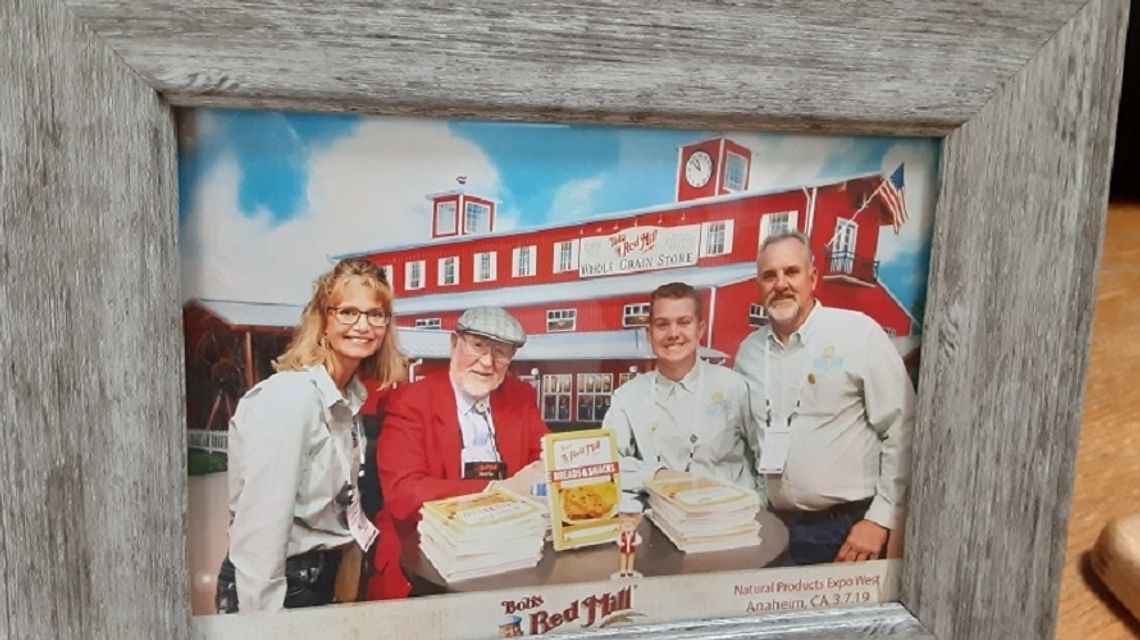
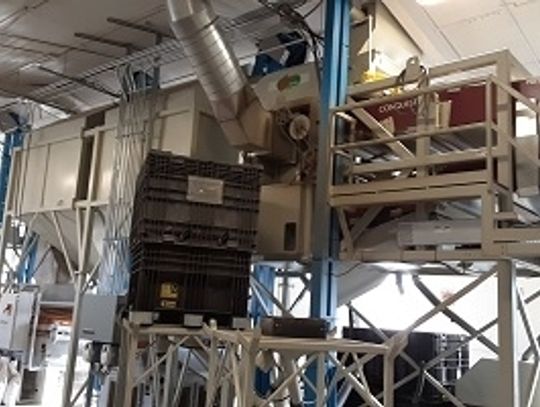
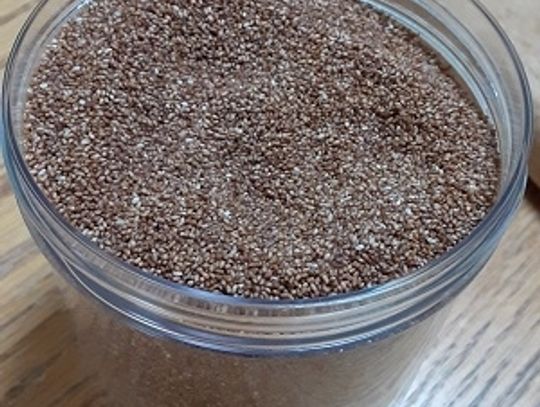

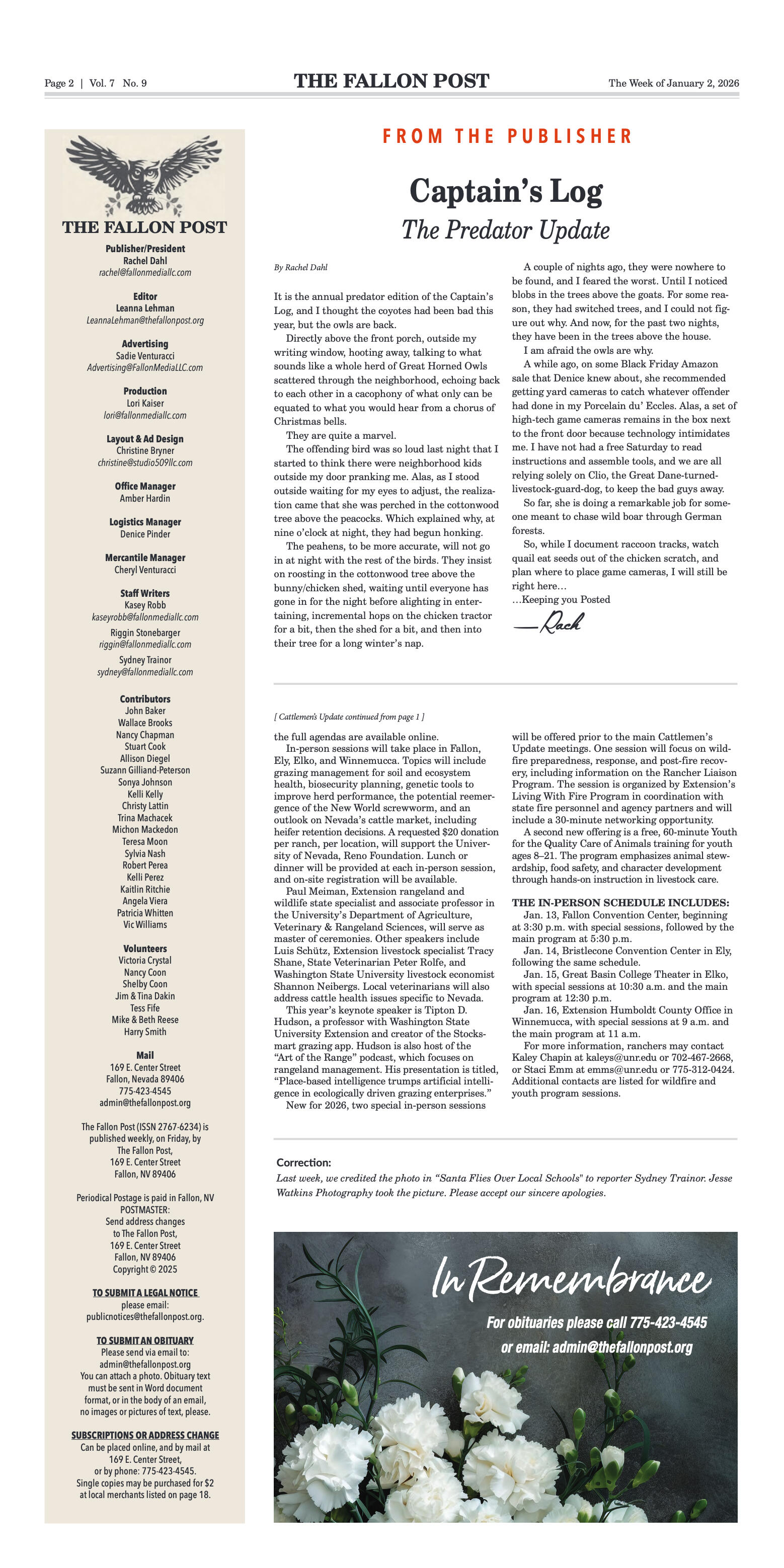

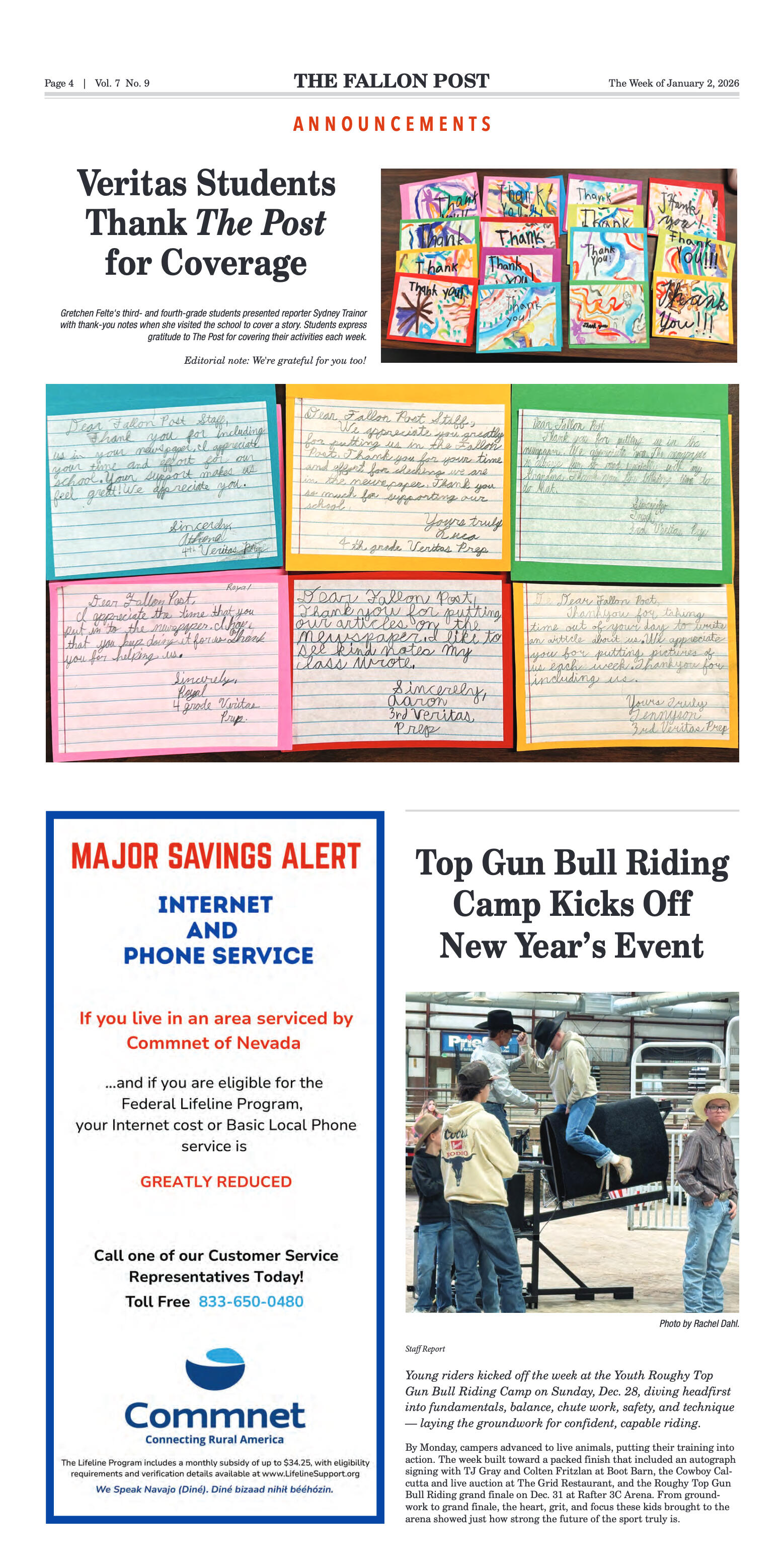
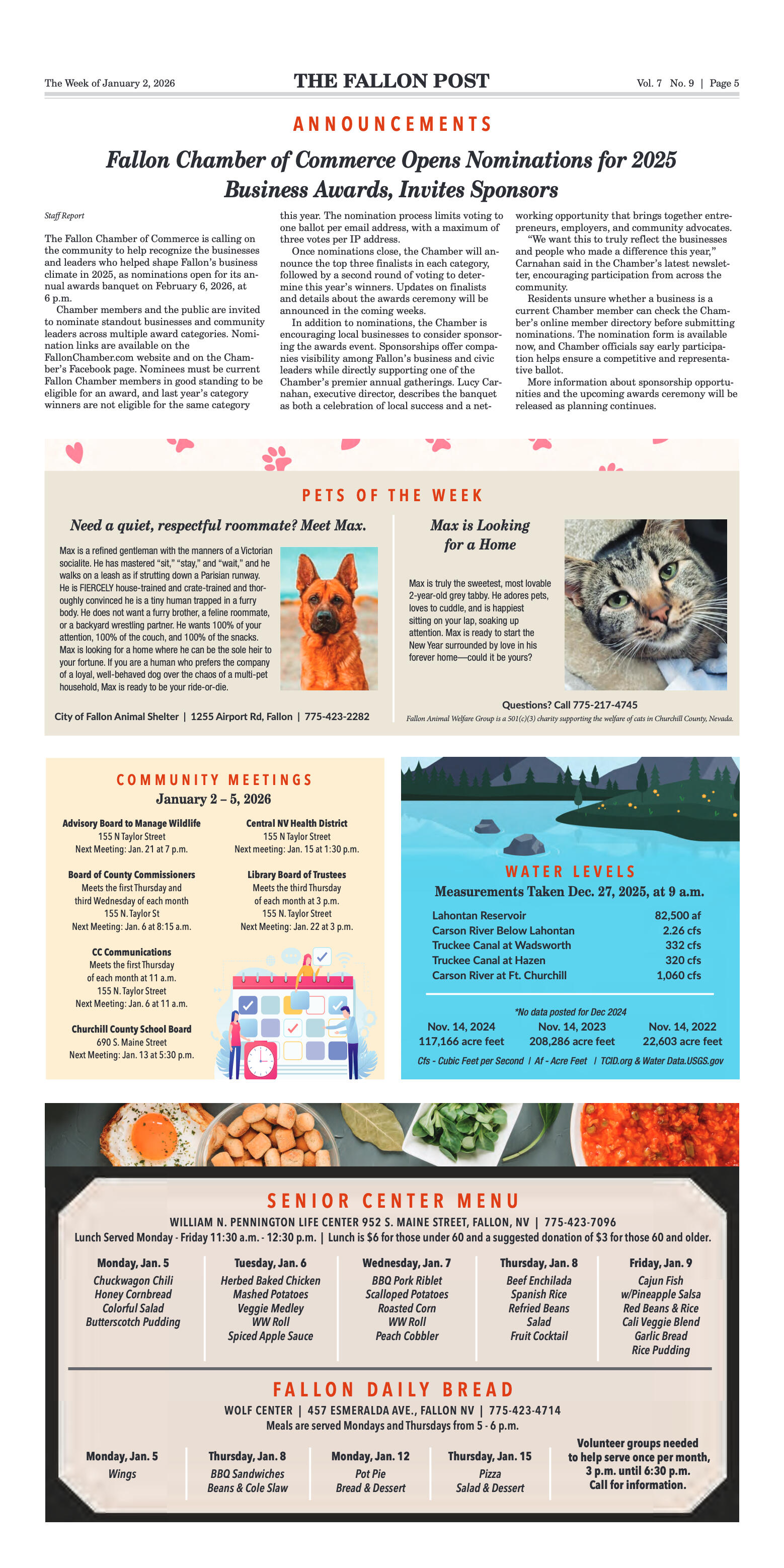

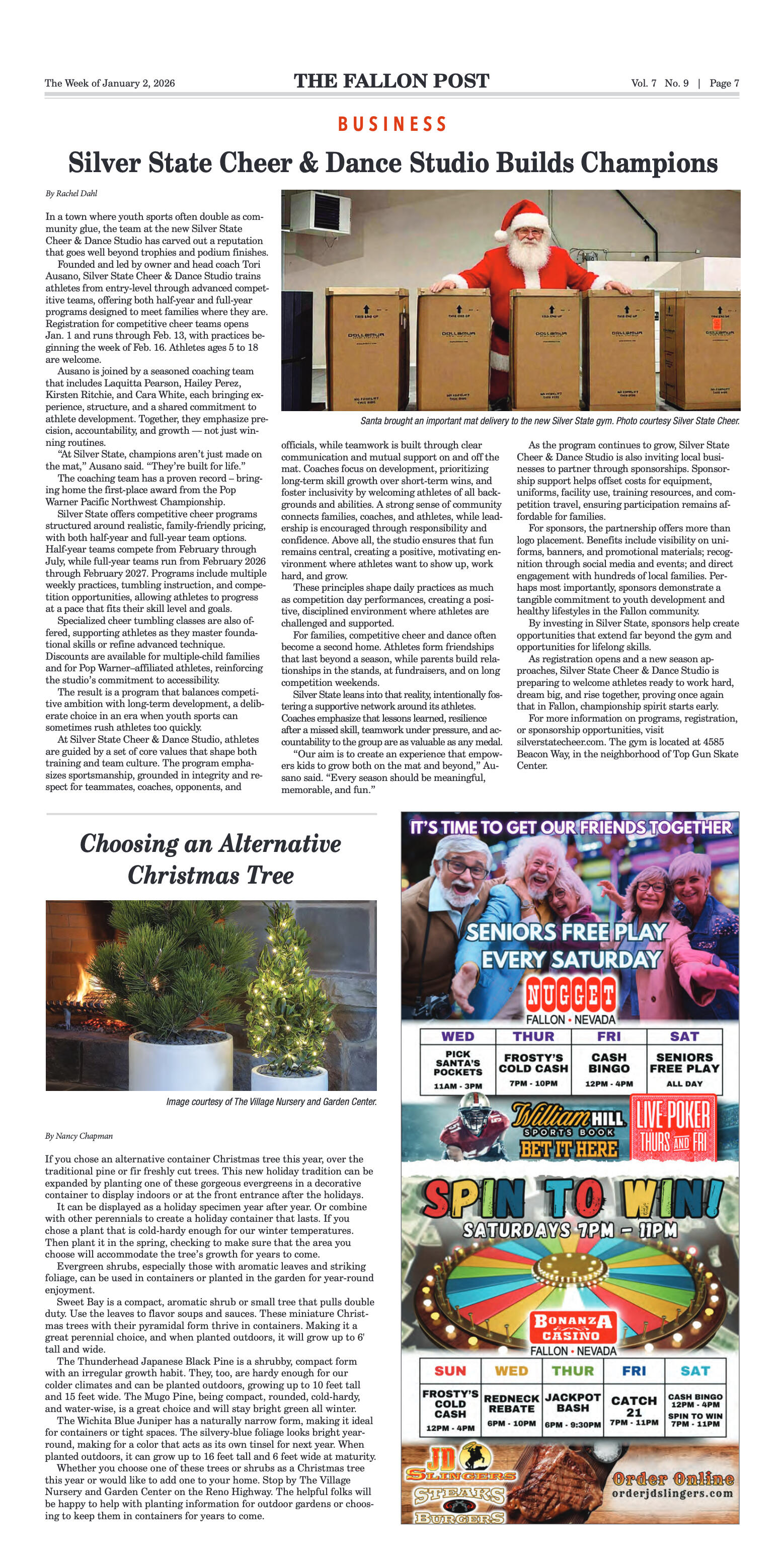
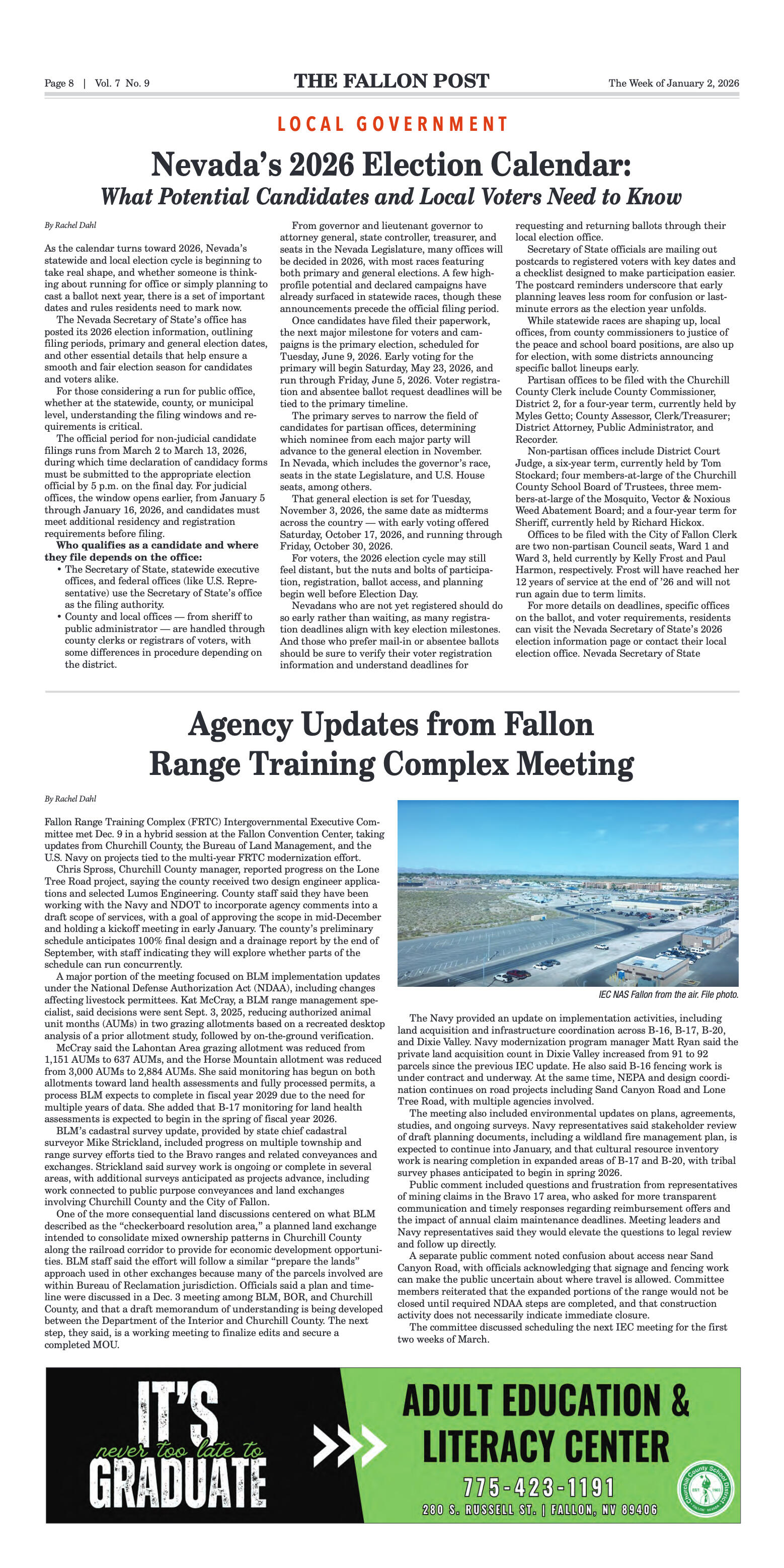
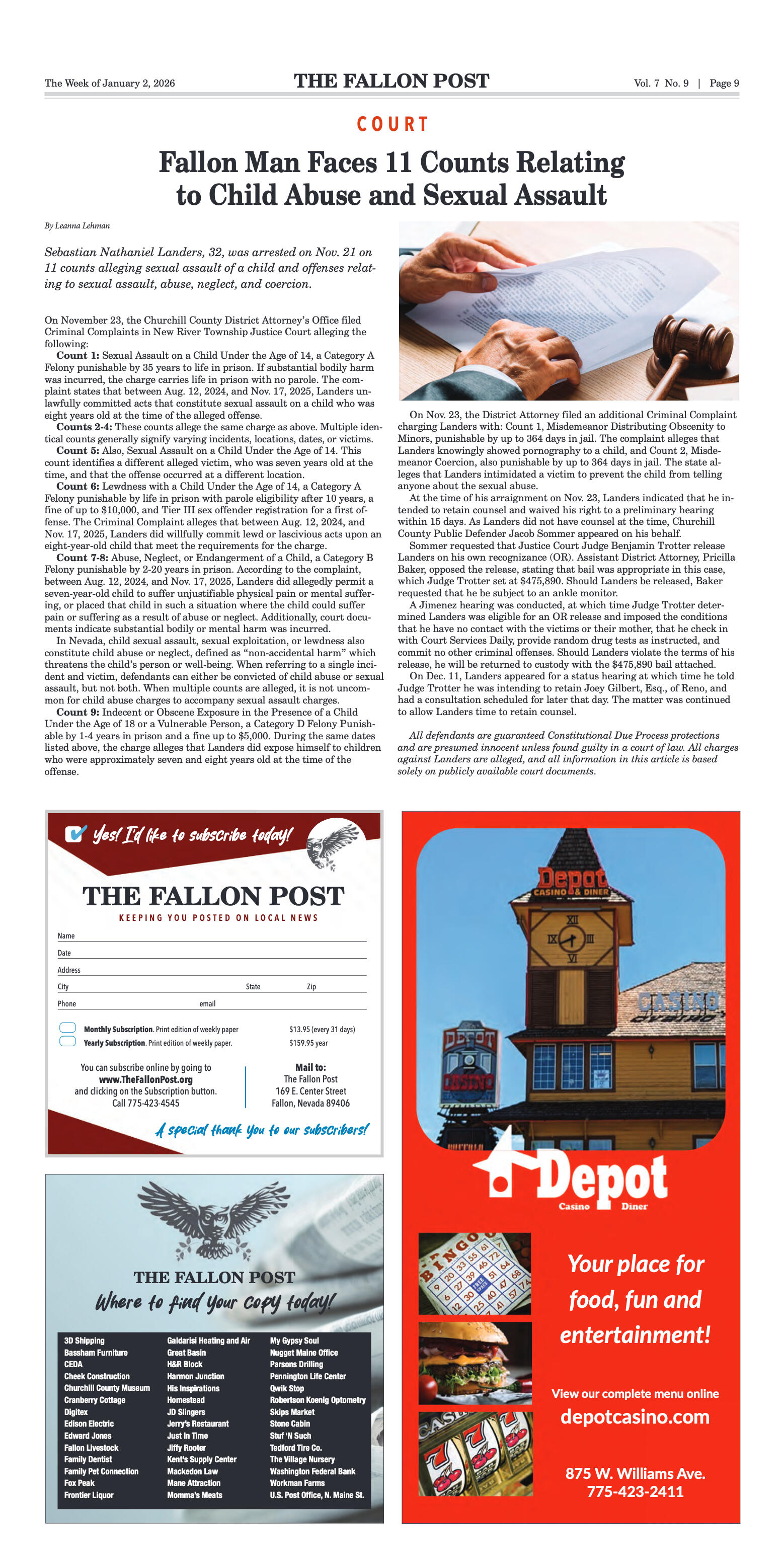
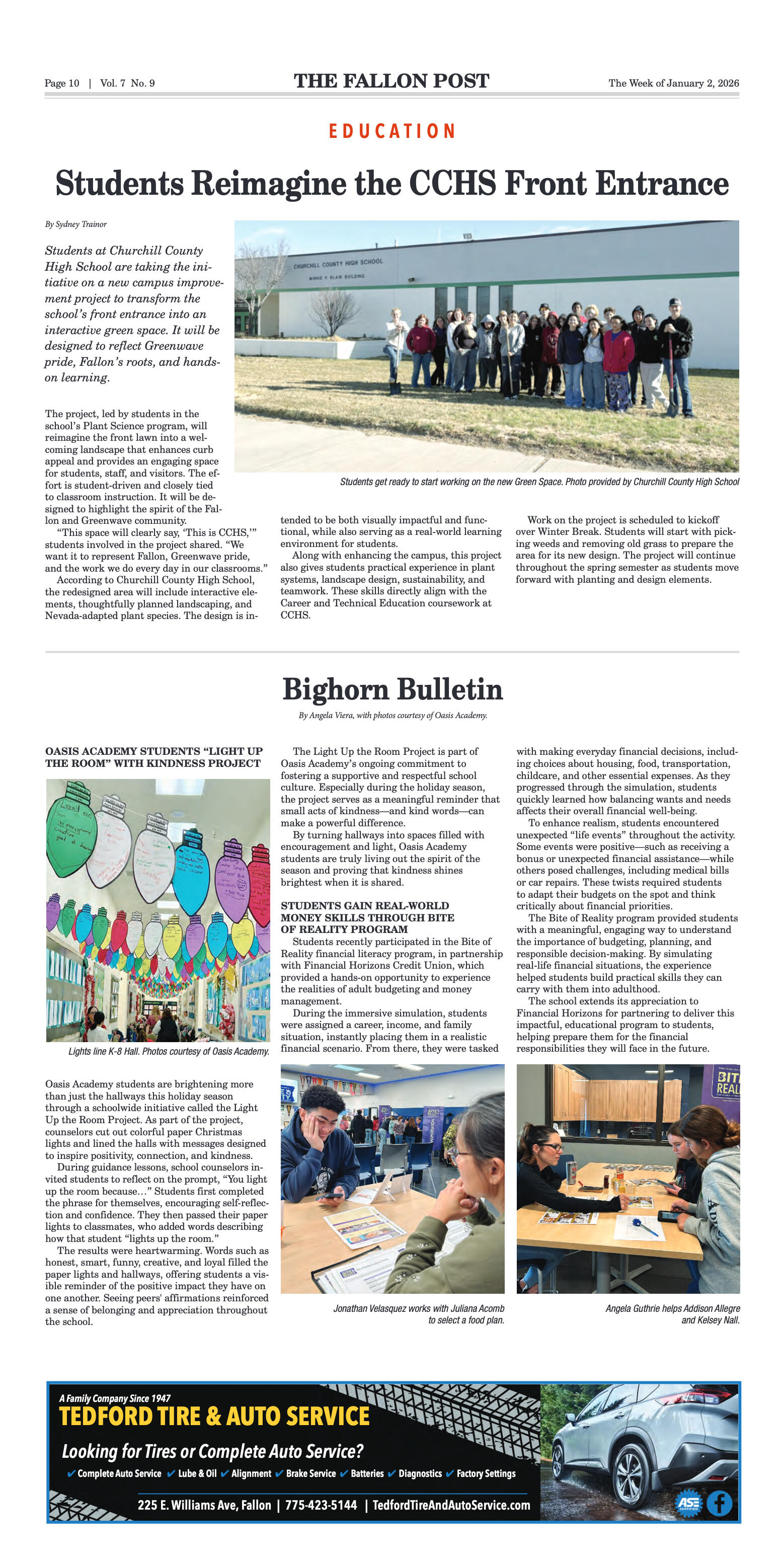
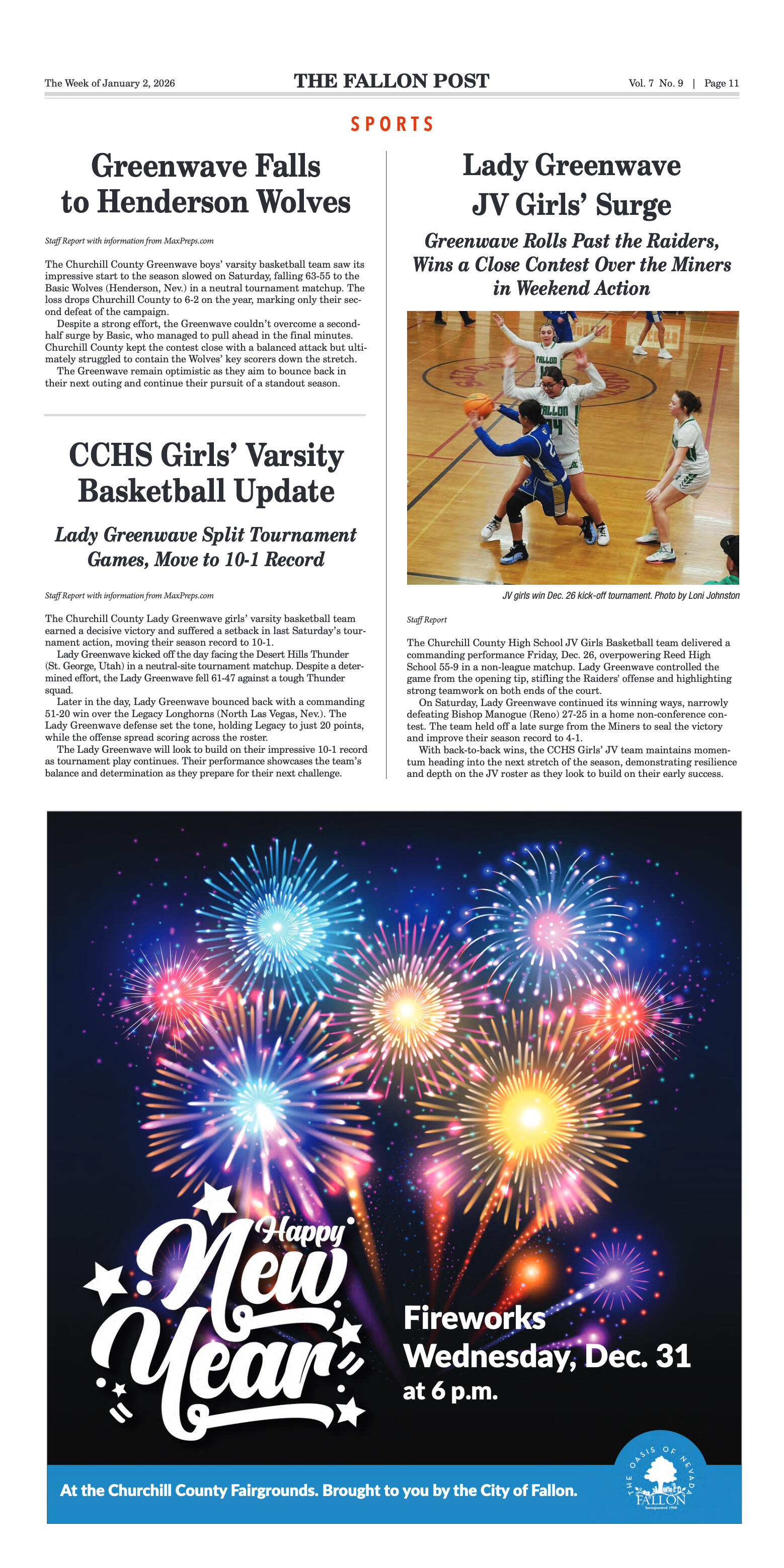























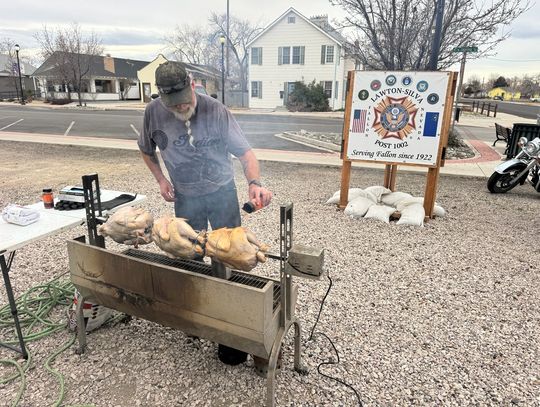
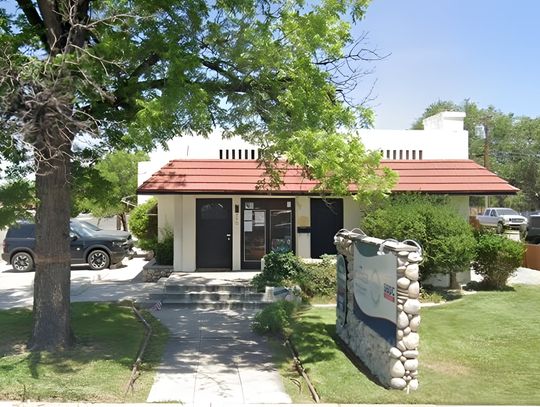



Comment
Comments